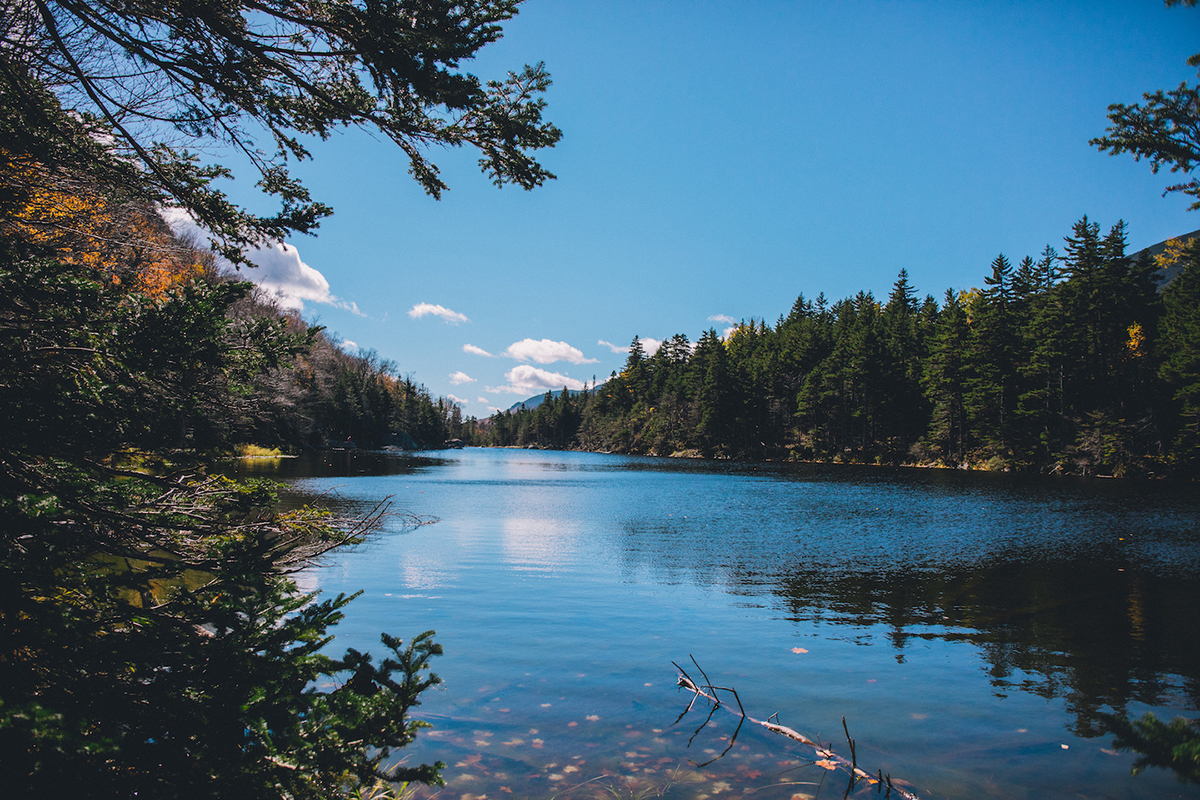4 Ways Land Conservation Helps Fight Climate Change

The ambitious goal to protect 30 percent of the Earth’s lands and waters by 2030 comes with numerous benefits, most notably the resiliency against climate change. As a participant in this 30 by 30 initiative, the United States aims to safeguard its lands, waters, and wildlife habitats to promote biodiversity and provide more recreation opportunities across the country. Here are a few ways that land conservation helps fight climate change and makes our communities more resilient to its impacts.
Act today and tell your members of Congress to support 30 by 30.
1. Forestlands act as a carbon sink and absorb excess greenhouse gases from the atmosphere
Carbon dioxide (CO2) emissions from the burning of fossil fuels are the main contributor to the greenhouse effect. These gases trap the sun’s heat in the atmosphere, which leads to the warming of our planet. Conservation of forestlands protects plants that provide a powerful “natural climate solution” by removing CO2 from the atmosphere through photosynthesis and storing it in living biomass and soil organic matter.
2. Natural lands protect nearby communities from flooding and storms
As extreme weather events occur more frequently due to climate change, it is increasingly important to protect flood plains and coastal buffer areas. Conserving green space helps reduce the impacts of flooding and urban extreme heat, making these communities more resilient to the impacts of climate change while also providing new recreation opportunities.

3. Land conservation helps wildlife weather climate change
North America’s bird population has declined by nearly 30 percent since 1970. Worldwide, 40 percent of insects are declining and a third are endangered. Every 30 seconds, a football field’s worth of America’s natural areas are lost to development. These statistics are scary, but a reality we will continue to face if we don’t do something. Balanced ecosystems allow plants and animals to flourish, strengthening them against the effects of climate change like flooding, fires, and extreme weather. Conserved lands encourage natural growth and biodiversity, allowing ecosystems around the globe to thrive as nature intended.
4. Protected green spaces double as recreation opportunities
Conservation is important for green spaces large and small, from local parks to entire landscapes. As we’ve learned the last few years, being outside helps both our mental and physical health, and providing more green space can help combat climate change while simultaneously supplying us with this outdoor respite. That’s why many programs that drive 30 by 30, such as the Land and Water Conservation Fund and state-based land conservation funding programs, take bottom-up approaches that value what each community needs. This establishes more opportunities for people to enjoy the outdoors without having to travel far and emit more pollutants into the atmosphere.




